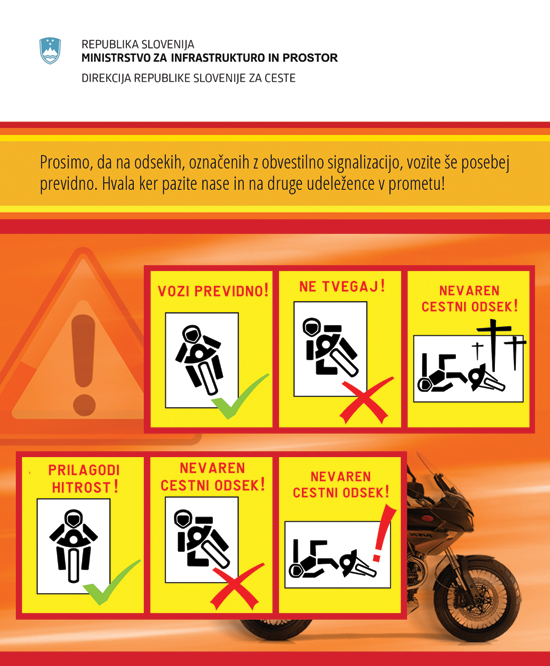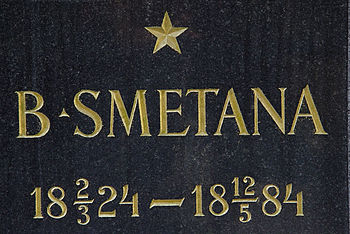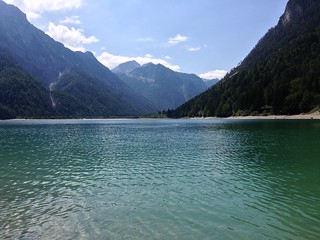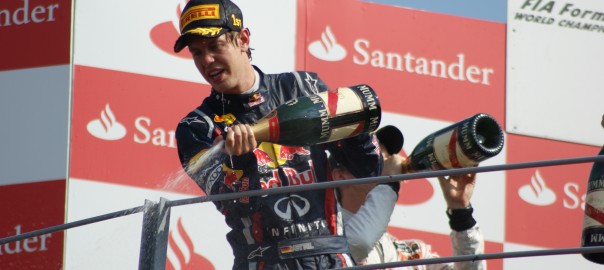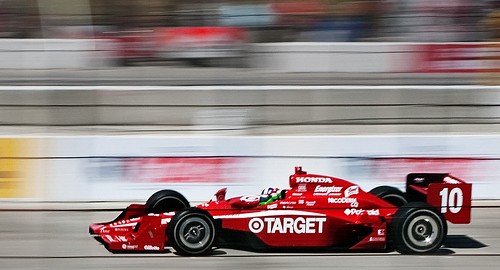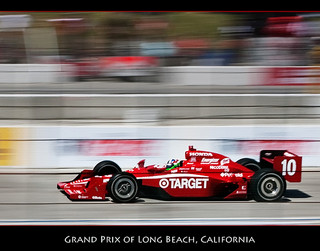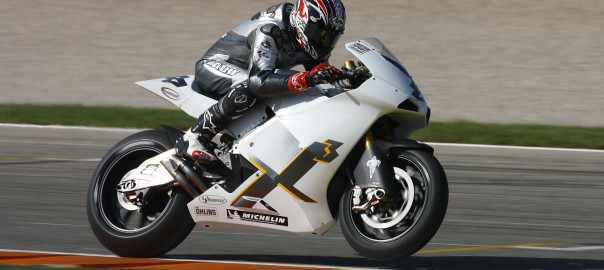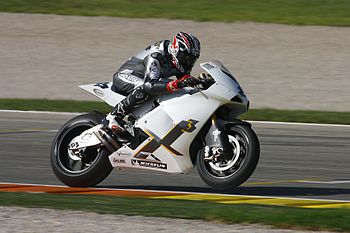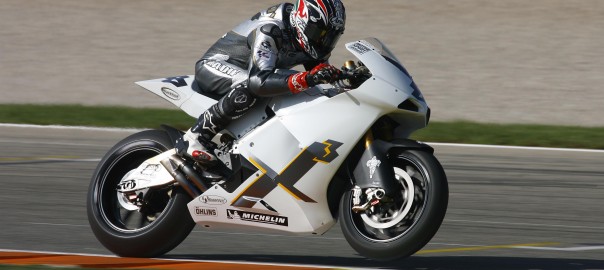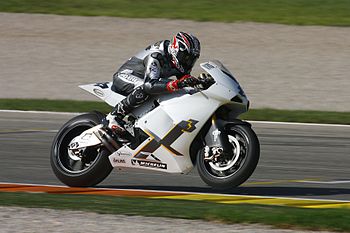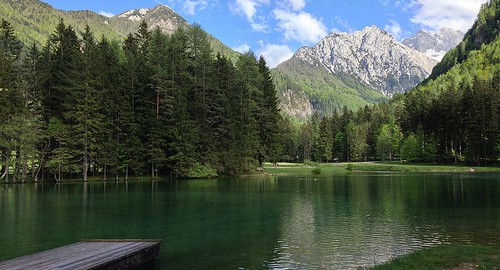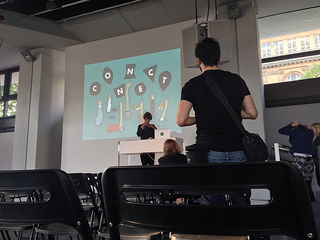A lot has been written about excessive and blatant product placement in the latest Bond movie Skyfall. But let me say something different: product placement in Skyfall wasn’t excessive and wasn’t blatant. Actually it was more subtle than I’ve expected. Mind you, we’re still talking about James Bond movie, so there is a lot of products and brands integrated in the movie, but Skyfall is no Transformers or some other examples of product placement prostitution.
When the information about Heineken’s $45 million deal (roughly a third of Skyfall’s production budget) first surfaced, there were numerous articles and blog posts about James Bond selling out. We have to be honest, though. All Bond’s movies had product placement, some were more subtle and some were more blatant when it comes to brand integration. Also, David Leigh who runs website The James Bond Dossier said, that Bond has consumed a wide variety of beverages from the start, in both in his literary and cinematic incarnations.
So, what’s the fuss?
First, let’s check products and brands from Skyfall. [POSSIBLE SPOILERS]
Cars: Landrover, Audi, Beetle, Range Rover, Jaguar and Aston Martin
Landrover Defender and Audi were seen in a car chase scene: Eve drove Landrover, while the bad guys tried to escape in Audi. During the chase a few VW Beetles fell from the train.
Range Rover was used to transport Bond to MI6’s new location and M and Bond used Jaguar XJ.
The legendary Aston Martin DB5 also made an important appearance, but I won’t reveal why ![]()
